Introduce: White Tie Dress Code for Women
The white tie dress code for women, while allowing for more interpretation than its male counterparts, still guidelines that elevate it above all other formal wear.
In the realm of formal attire, the white tie dress code stands as the pinnacle of sophistication. For women attending a white tie event, understanding the nuances of this dress code is crucial. This comprehensive guide will walk you through every aspect of white-tie attire, from selecting the perfect formal gown to accessorizing with elegant jewelry. Let’s embark on a journey to refine your wardrobe for the most prestigious occasions.
The Pinnacle of Formal Attire: Unveiling White Tie for Women
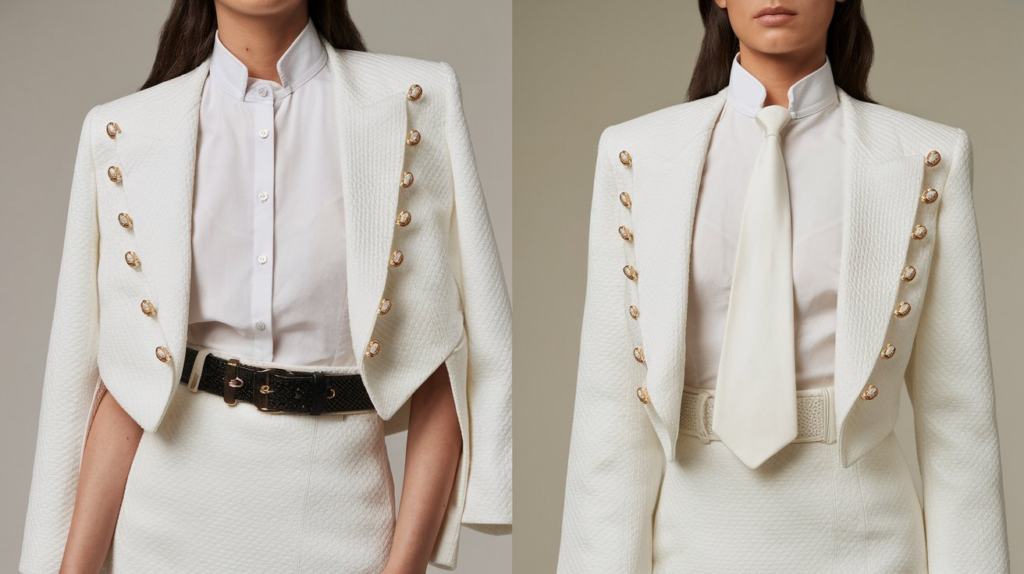
White tie, often referred to as full evening dress, has its roots deeply embedded in the aristocratic traditions of 19th century Europe. What began as a standard for royal courts and high society gatherings has evolved into the most formal dress code in Western fashion. Its enduring presence in today, while less common, white tie events still hold a place of honor in the social calendar
In an era where casual wear often dominates, white tie events offer a rare opportunity to embrace the height of formal dressing. These whether they be state dinners, royal ceremonies or prestigious award galas, call for an unparalleled level of refinement in attire. For women, this means more than simply donning a beautiful dress it’s about embodying an air of grace and elegance that befits the grandeur of the event.
Modern Elegance: When and Where to Don White Tie
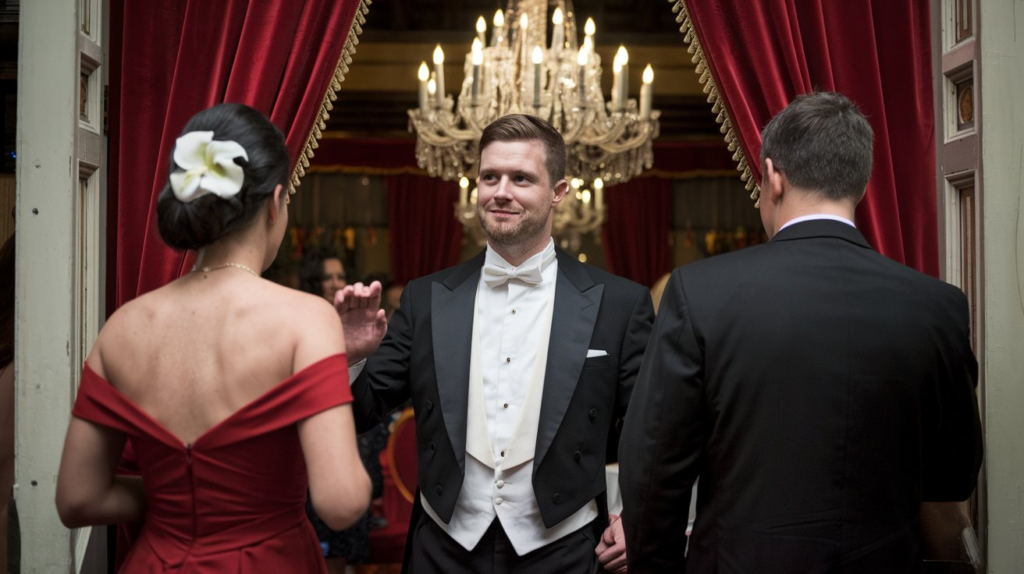
In today’s fast-paced world, white tie events remain the epitome of formal gatherings. These ultra-formal occasions demand the highest level of sartorial excellence, particularly for women. But when exactly does one wear white tie, and how has its relevance evolved in modern times?
Contemporary White Tie Occasions
White tie attire graces the following prestigious events:
- State dinners
- Royal ceremonies
- High-profile charity galas
- Certain award ceremonies (e.g., Nobel Prize)
- Select society weddings
The Resurgence of Ultra-Formal Dressing
As society increasingly embraces casual attire, the allure of white tie has paradoxically grown. It offers a rare opportunity to indulge in unparalleled elegance and escapism.
Elegance is not standing out, but being remembered.” – Giorgio Armani
This quote encapsulates the essence of white tie dressing – it’s about making a lasting impression through refined sophistication.
Explore this, Into the most formal dress code in Western fashion
Deciphering White Tie: A Woman’s Guide to Distinction

While men’s white tie attire is strictly defined, women have more flexibility in their choices. However, this freedom comes with the responsibility of understanding the nuances that separate white tie from other formal dress codes.
Key Distinctions: White Tie Surpasses Black Tie
| Aspect | White Tie | Black Tie |
| Dress Length | Always floor-length | Floor-length or tea-length |
| Silhouette | More structured, often with a train | Can be more relaxed |
| Accessories | Gloves and tiaras permitted | Usually no gloves or tiaras |
| Fabric | Most luxurious materials | Wider range of fabrics accepted |
Full-Length and Formal The Silhouette
The cornerstone of white-tie attire for women is the full-length gown. This isn’t just any long dress – it’s a garment designed to sweep the floor, often with a slight train. The silhouette should be grand and imposing, befitting the gravitas of the occasion.
The Gown: Cornerstone of White Tie Elegance

Selecting the right gown is crucial. It’s not just about looking beautiful; it’s about embodying the spirit of the event while adhering to tradition.
Silhouettes Fit for White Tie Style
- Ball Gowns: The quintessential white tie style, featuring a fitted bodice and a voluminous skirt.
- Sheath Dresses: A more modern option, these dresses hug the body’s curves while maintaining elegance.
- A-line Options: A happy medium between ball gowns and sheaths, offering sophistication with comfort.
Necklines and Sleeves: Balancing Modesty and Allure
- Strapless gowns are acceptable but should be paired with long gloves.
- Off-the-shoulder and sweetheart necklines exude classic charm.
- Long sleeves offer a regal touch, especially in colder months.
The Train Debate: To Trail or Not to Trail?
Trains add drama and sophistication to a formal gown. However, consider the practicalities:
- Pros: Enhances the gown’s grandeur, perfect for grand entrances.
- Cons: Can be challenging to manage during the event, especially while dancing.
Tip: If opting for a train, choose one that can be bustled for easier movement later in the evening.
Fabric: The Foundation of Luxury
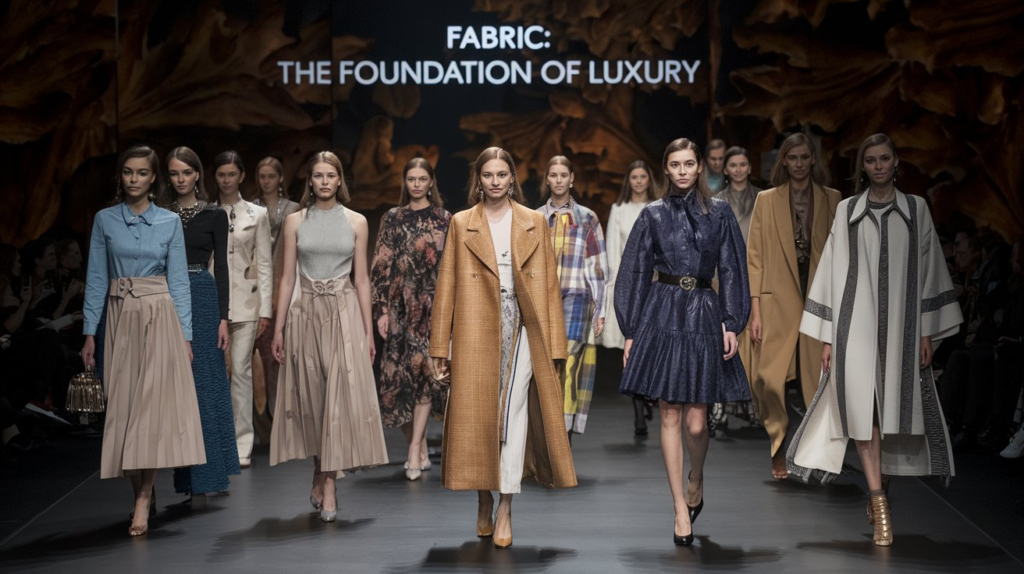
The choice of fabric can elevate a gown from merely pretty to truly exquisite. White-tie attire demands the most luxurious fabric options available.
Opulent Textile Options
- Silk: The queen of fabrics, offering unparalleled sheen and drape.
- Satin: Glossy and smooth, perfect for creating structured silhouettes.
- Velvet: Rich and tactile, ideal for winter events.
Seasonal Fabric Selections
- Spring/Summer: Opt for lighter fabrics like silk chiffon or organza.
- Fall/Winter: Heavier materials such as velvet or brocade offer warmth and opulence.
The Color Palette: From Classic to Contemporary

The color of your gown can make a statement while adhering to the formality of the event.
While classic choices like black, white, and deep jewel tones remain timeless options for a formal gown, contemporary interpretations have expanded the acceptable spectrum to include soft pastels and subtle metallics. The key is to select a hue that exudes elegance and complements your complexion, ensuring you look both sophisticated and comfortable in your chosen white-tie attire.
Timeless White Tie Tones
- Black: Timeless and sophisticated
- White: Pure and elegant (but avoid if it’s a wedding)
- Jewel tones: Deep blues, emerald greens, and rich purples
Modern Color Interpretations
- Pastels: Soft pinks, blues, and lavenders for a romantic touch
- Metallics: Subtle gold or silver for a touch of glamour
Accessories: Elevating the Ensemble
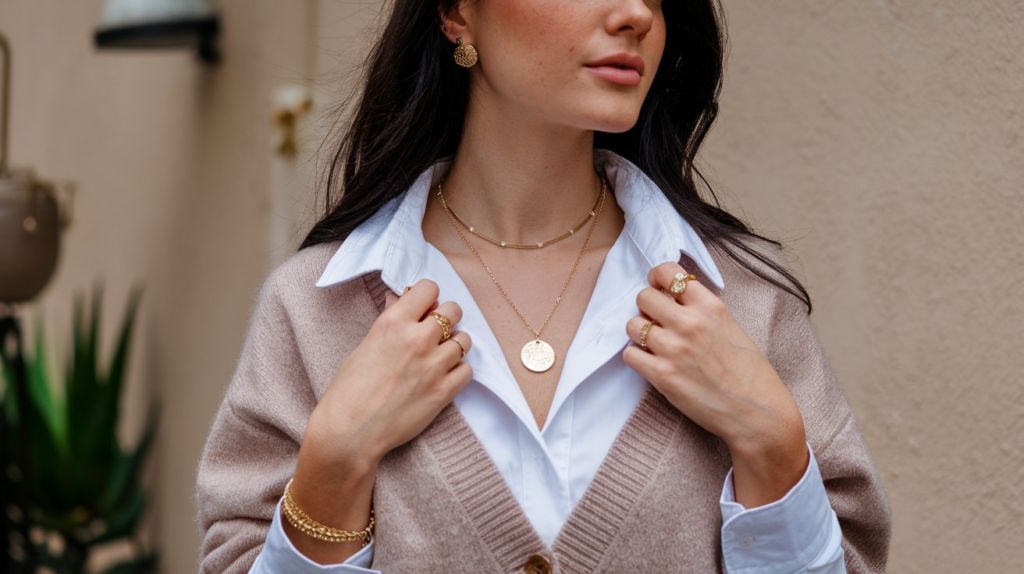
Accessories can make or break a white tie ensemble. Each piece should be chosen with care to complement, not overpower, the gown.
Jewelry: The Art of Refined Adornment
When it comes to elegant jewelry for a white tie event, remember:
- Choose high-quality pieces, preferably real gems and metals
- A statement necklace or earrings, but not both
- Consider pearl jewelry for a classic touch
- Diamond accessories add timeless sparkle
Evening Bags and Clutches
- Small, structured clutches work best
- Avoid large or casual bags
- Materials should match the formality (think satin, beading, or fine leather)
Footwear: Hidden Glamour
- Closed-toe heels are a must
- Choose materials like satin or fine leather
- Ensure comfort for long periods of standing and dancing
Hair and Makeup: Polishing the Look
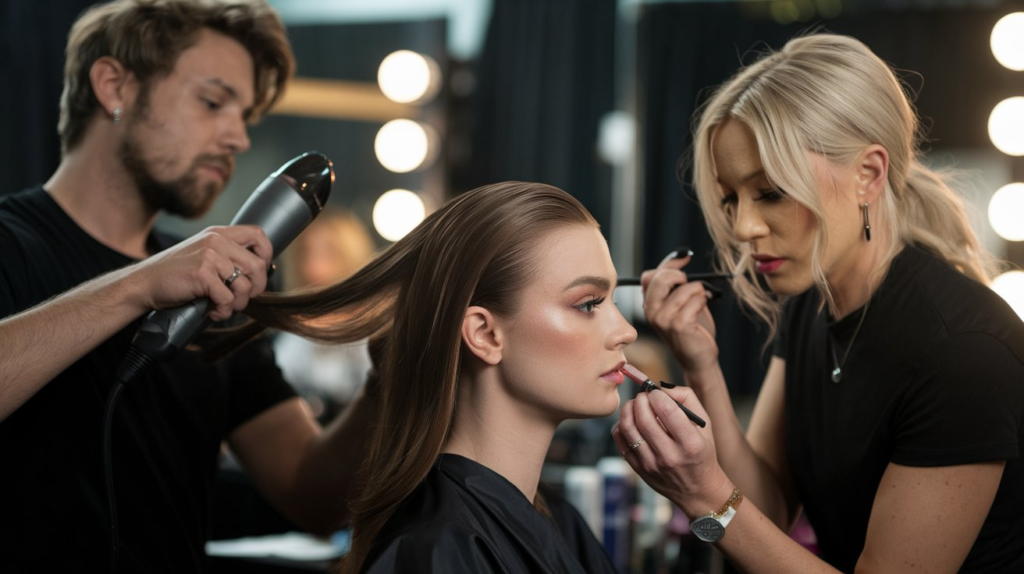
Your hair and makeup should complement your gown, not compete with it.
When it comes to hair and makeup for a white tie event, think timeless elegance with a touch of glamour. Your hairstyle should complement the formality of your gown, with updos being the traditional choice. Elegant French twists, or intricate braided styles not only pair beautifully with tiaras or hair ornaments but also showcase the neckline of your gown. For makeup, aim for a polished look that enhances your natural beauty without appearing overly trendy.
A classic red lip or a subtle smokey eye can add drama, while a flawless complexion is paramount. Remember, the key is to look effortlessly elegant – as if you were born to attend such prestigious occasions. Your makeup should be long-lasting to withstand the rigors of a long evening of dining and dancing, so invest in quality products and consider a professional application if you’re not confident in your skills from toe.
Foundation Garments: The Secret to a Flawless Fit
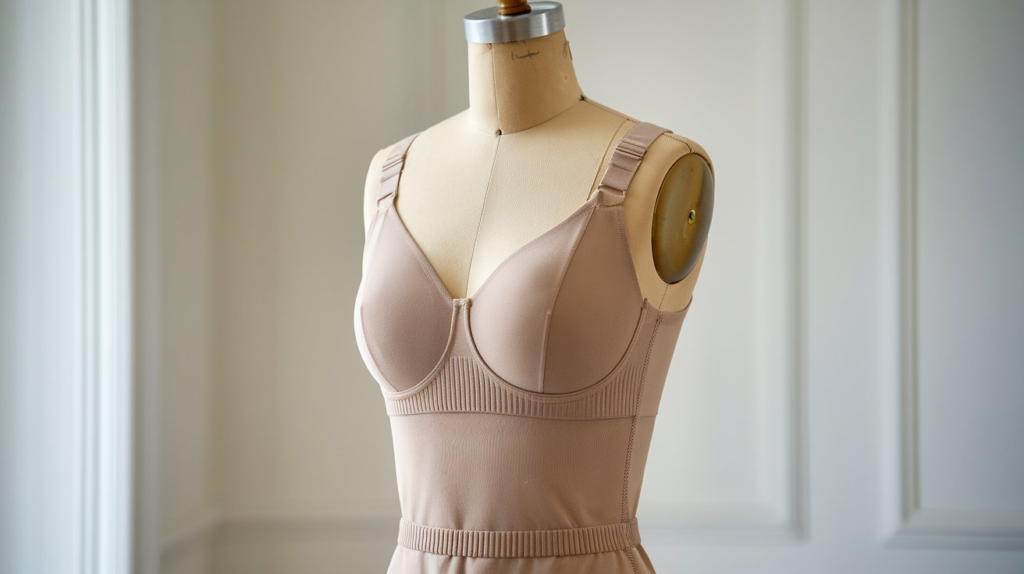
The right undergarments can make a significant difference in how your gown fits and how comfortable you feel throughout the event.
Essential Underpinnings
- Seamless shapewear
- Strapless bra or built-in support
- Slip to prevent clinging
Sourcing Your White Tie Attire
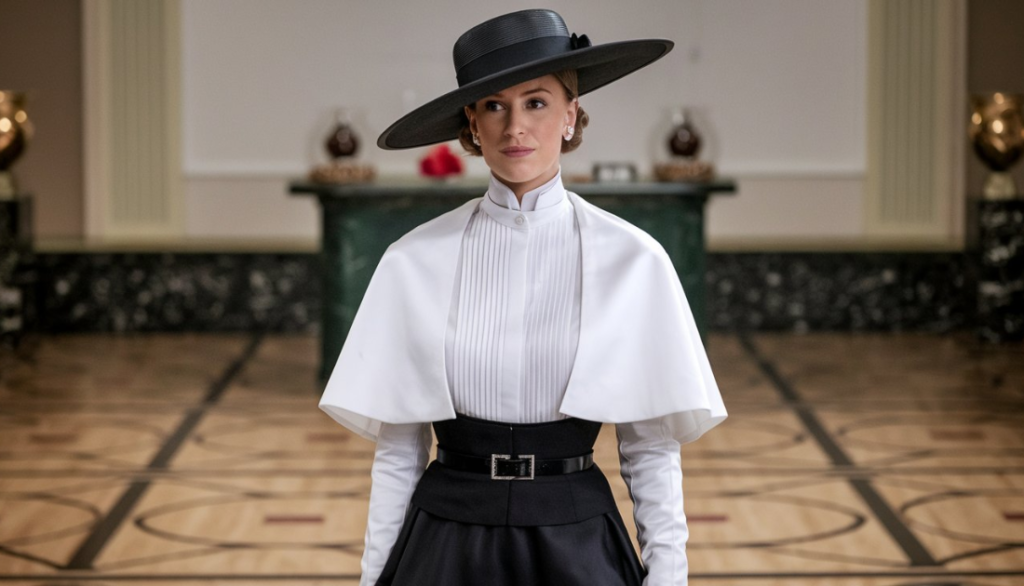
Finding the perfect gown for a white tie event can be a journey in itself. Here are some options to explore:
Luxury Shopping Destinations
- Offer exclusive designs and personalized service
- Often provide alterations and styling advice
Vintage and Pre-Loved Options
- Can find unique, one-of-a-kind pieces
- Often more budget-friendly than new designer gowns
Rental Options for One-Time Events
- Ideal for those who don’t frequently attend white tie events
- Allows you to wear designer pieces at a fraction of the cost
Online Formal Wear Retailers
- Offer a wide range of styles and sizes
- Read reviews carefully and check return policies
White Tie Etiquette: Beyond the Dress

Dressing for a white tie event is just the beginning. Understanding the etiquette of such occasions is equally important. True elegance extends beyond your attire to encompass your behavior and demeanor throughout the event. At a white tie event, every gesture and interaction becomes a reflection of your grace and sophistication.
From the moment you arrive, you’ll need to be mindful of proper etiquette: greeting your hosts with warmth and respect, engaging in polite conversation with fellow guests, and following the lead of your hosts during dinner and other activities.
The way you carry yourself – your posture, your movements, even the modulation of your voice – all contribute to the overall impression you make. Remember, the goal isn’t to stand out conspicuously, but rather to blend seamlessly into the refined atmosphere of the occasion while exuding an air of quiet confidence and poise.
Essential White Tie Manners
Conversation and social graces
Arrival times and RSVP etiquette
Dining etiquette specific to formal events
Celebrity Inspiration: White Tie Done Right

Looking at how celebrities navigate white tie events can provide inspiration and guidance.
Memorable Red Carpet Moments
- Cate Blanchett at the 2014 Oscars: Epitome of elegance in a nude Armani Privé gown
- Lupita Nyong’o at the 2014 Met Gala: Daring yet appropriate in a green Prada dress with feathers
Royal White Tie Inspirations
- Kate Middleton at state banquets: Often seen in tiaras and floor-length gowns
- Queen Letizia of Spain: Known for her sophisticated choices in royal white tie events
Troubleshooting White Tie Challenges

Even with meticulous planning, unexpected issues can arise when preparing for a white tie event. Last-minute alterations might be necessary, so having a trusted tailor on speed dial can be a lifesaver for ensuring your formal gown fits impeccably.
A luxurious wrap or an elegant umbrella can protect your ensemble without compromising style. When traveling with white-tie attire, use a high-quality garment bag for your gown and pack accessories carefully in your carry-on to avoid any last-minute panic over lost items.
Last-Minute Solutions
- Have a trusted tailor on speed dial
- Keep a small sewing kit for emergencies
Dressing for Unpredictable Weather
- In cold weather, consider a fur or faux fur wrap
- For rain, have a elegant, oversized umbrella on hand
Traveling with White Tie Attire
- Use a garment bag for your gown
- Pack accessories in a carry-on to avoid loss
Embracing Elegance: Confidence in White Tie
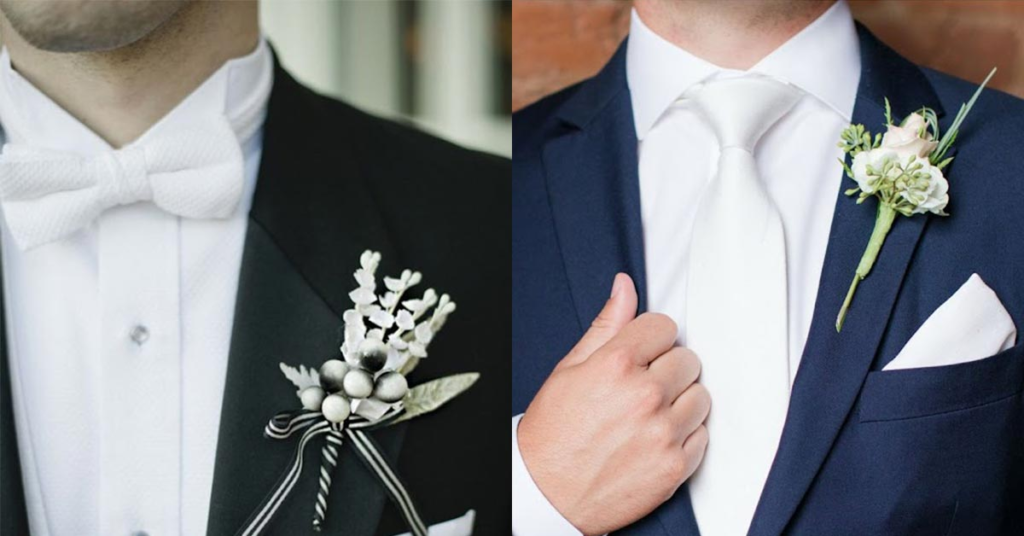
Attending a white tie event is an opportunity to embody timeless elegance. Remember, true sophistication comes not just from what you wear, but how you wear it. Carry yourself with confidence, and you’ll shine as brightly as any diamond accessories you might don.
FAQs
Q: Can I wear a cocktail dress to a white tie event?
A: No, a cocktail dress is too casual for a white tie event. Always opt for a full-length gown.
Q: Are colored gowns acceptable?
A: Yes, colored gowns are acceptable as long as they’re in appropriate, elegant hues. Avoid overly bright or casual colors.
Q: How do I sit in a ball gown?
A: Gather the fabric to one side and smooth it as you sit. Practice at home to feel more comfortable.
Q: Can I re-wear a white tie gown?
A: Absolutely! Invest in a classic style that can be refreshed with different accessories for various events.
Q: What’s the difference between white tie and royal dress codes?
A: Royal dress codes often include specific protocol regarding tiaras and orders (decorations). White tie is slightly less restrictive but still extremely formal.
Conclusion
The dress code is about understanding the rules, then interpreting them with personal style and grace. With this guide, you’re well-equipped to navigate even the most prestigious formal occasions with confidence and elegance. As we’ve explored, the key components include a full-length gown, suitable accessories, appropriate footwear, and flawless grooming. Whether you choose a classic ball gown or opt for a modern twist, ensure your outfit reflects your personal style while adhering to the formality required.
Additionally, don’t underestimate the power of confidence. Wearing your outfit with dress can elevate your overall. Prepare ahead of time, take note of the finer details, and enjoy the occasion, knowing you are dressed to impress.




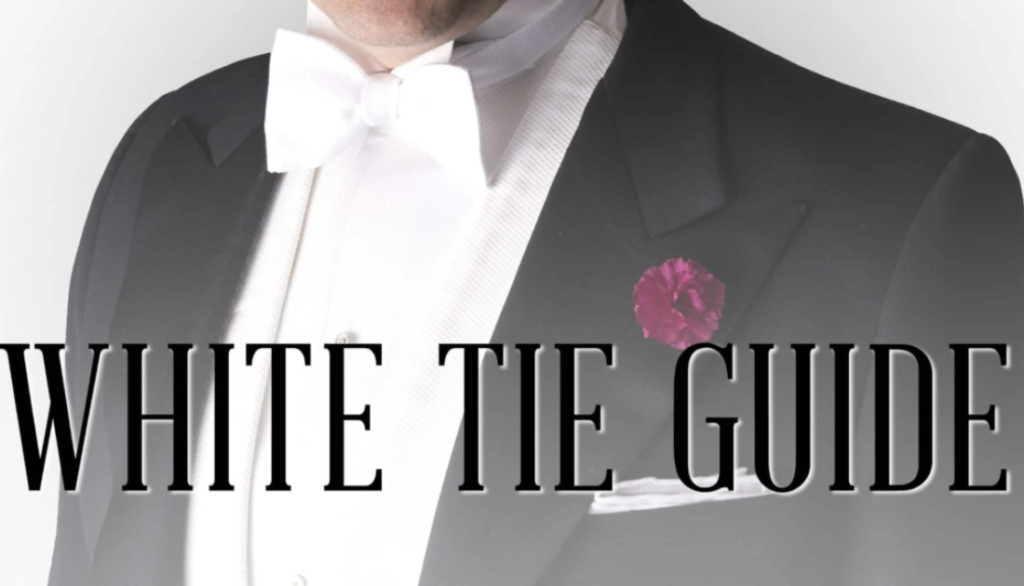

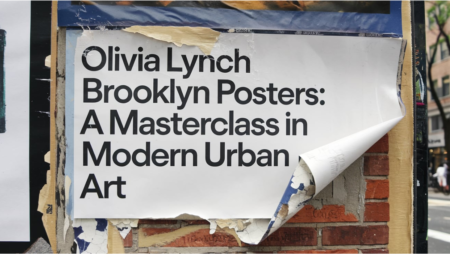


1 Comment
Pingback: 10k Gold Jewelry: What You Need to Know Before You Buy - Urban Vibe Mag